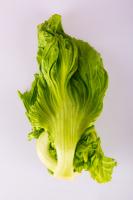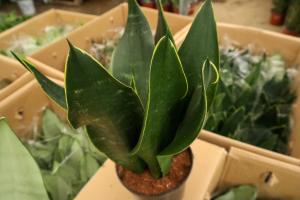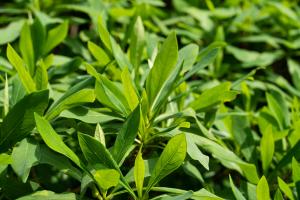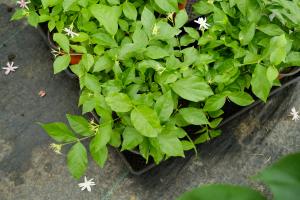Why Are the Tips of My Spider Plant Turning Brown?
Spider plants are prized for their attractive foliage and easy care requirements, making them a favorite among beginner and expert gardeners alike. However, if you've noticed that the tips of your spider plant's leaves are turning brown, you may be wondering what's causing this issue. In this article, we'll explore some of the common reasons why spider plant tips can turn brown, and what you can do to prevent this from happening.
1. Overwatering
One of the most common reasons why spider plant tips can turn brown is overwatering. Spider plants prefer evenly moist soil but can be sensitive to too much moisture, as this can lead to root rot and other fungal diseases. If you're watering your spider plant too frequently or using too much water, the excess moisture can accumulate in the soil and lead to browning of the leaf tips.
To prevent overwatering, make sure that the soil is well-drained and that you're allowing it to dry out slightly between waterings. You can also use a moisture meter to help monitor the soil's moisture level and adjust your watering schedule accordingly. Generally, spider plants prefer to be watered once a week or when the top inch of soil feels dry to the touch.
2. Low Humidity
Spider plants thrive in high humidity environments, and low humidity levels can cause the tips of the leaves to turn brown and crispy. If you're growing your spider plant indoors, dry indoor air can be a common cause of low humidity. This can be especially problematic during the winter months when indoor heating can dry out the air even further.
To increase humidity levels around your spider plant, you can try misting the leaves with water or placing a humidifier near the plant. You can also group several plants together, which can create a microclimate of higher humidity around the plants.
3. Nutrient Deficiencies
If your spider plant is not getting enough nutrients, this can also cause the tips of the leaves to turn brown. Common nutrient deficiencies that can affect spider plants include nitrogen, phosphorus, and potassium. If you're not fertilizing your spider plant regularly or if the soil is depleted of nutrients, this can lead to browning of the leaf tips.
To prevent nutrient deficiencies, you should fertilize your spider plant every 2-3 weeks during the growing season using a balanced fertilizer formulated for indoor plants. You can also improve soil fertility by adding compost or organic matter to the soil.
Conclusion
If the tips of your spider plant's leaves are turning brown, overwatering, low humidity, and nutrient deficiencies could be to blame. By adjusting your watering schedule, increasing humidity levels, and fertilizing your plant regularly, you can help prevent browning of the leaf tips and keep your spider plant looking healthy and vibrant.

 how many times do yo...
how many times do yo... how many planted tre...
how many planted tre... how many pine trees ...
how many pine trees ... how many pecan trees...
how many pecan trees... how many plants comp...
how many plants comp... how many plants can ...
how many plants can ... how many plants and ...
how many plants and ... how many pepper plan...
how many pepper plan...































